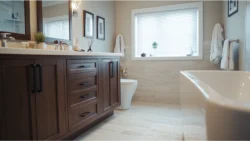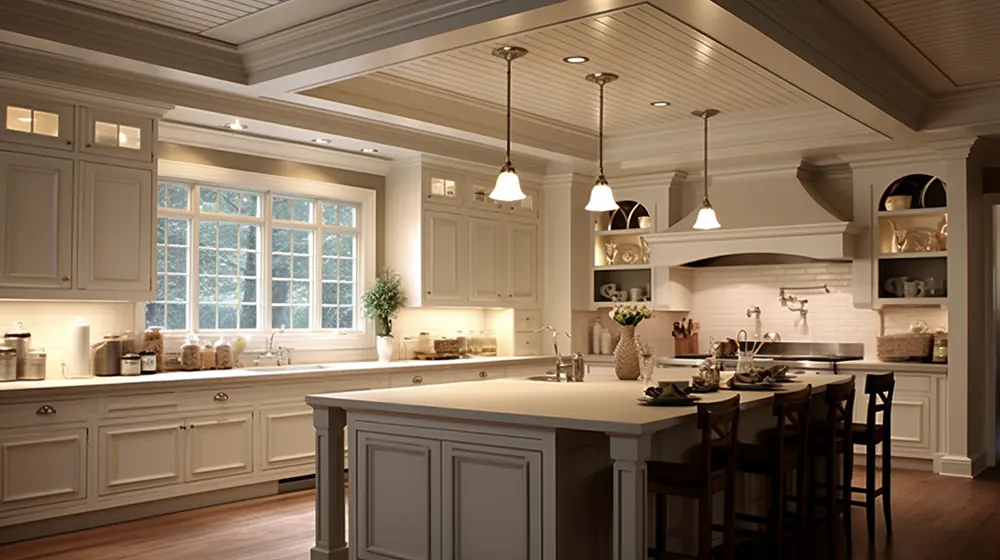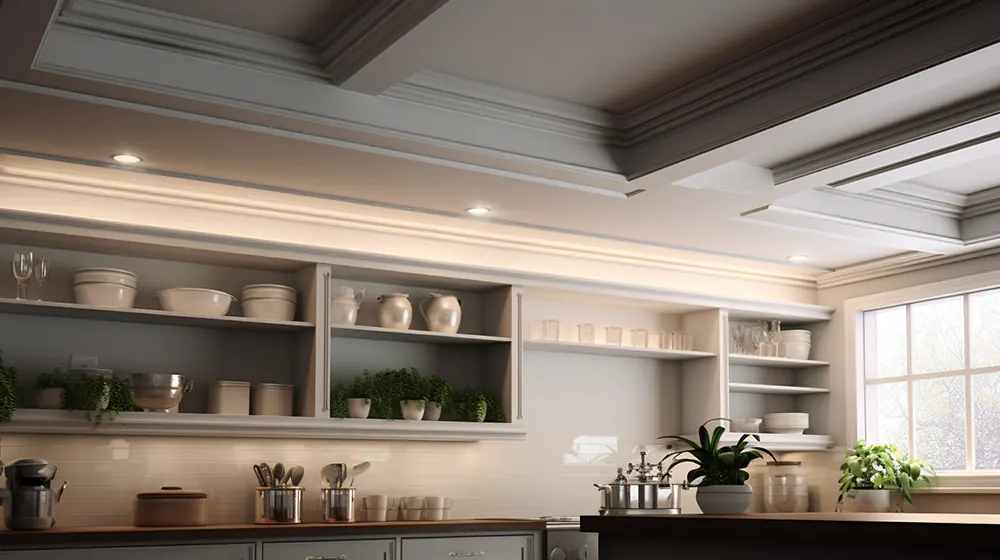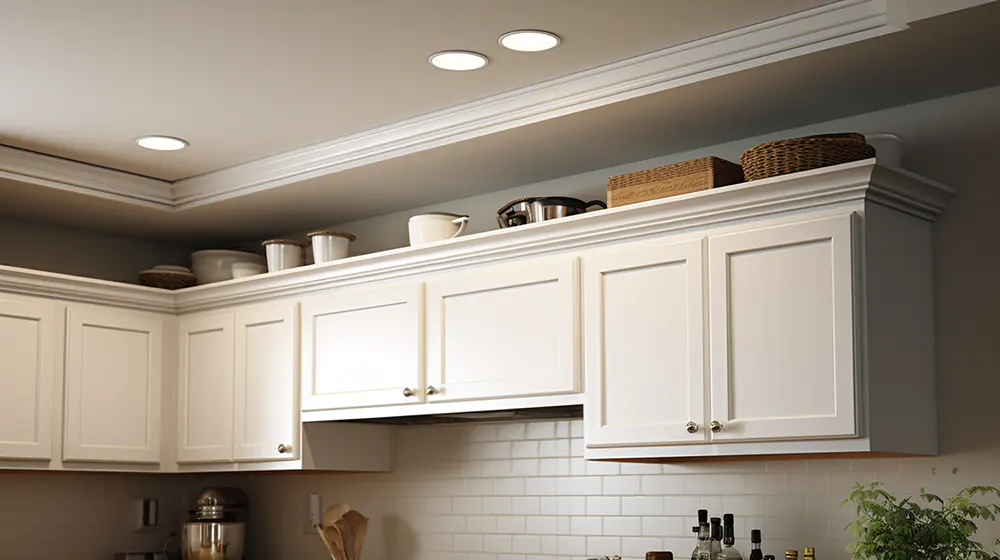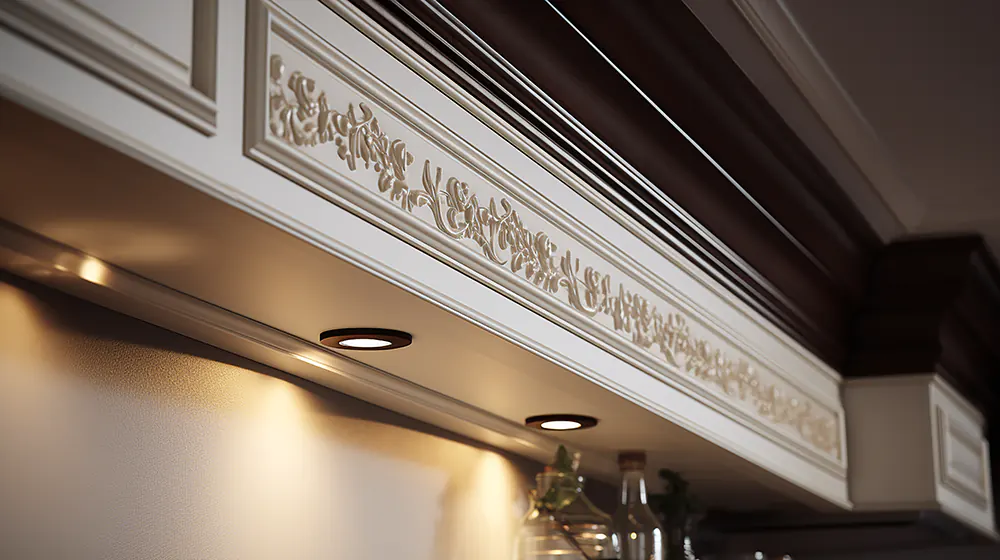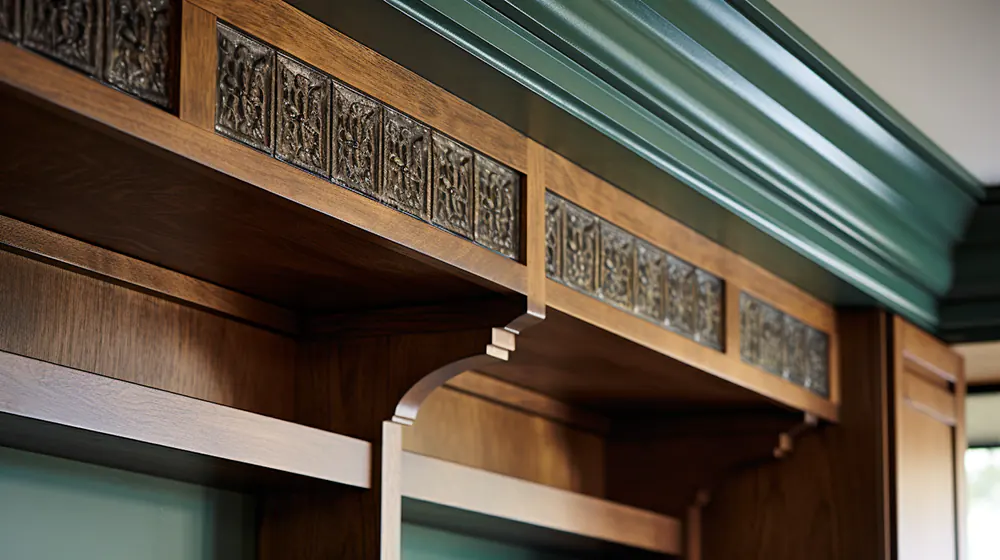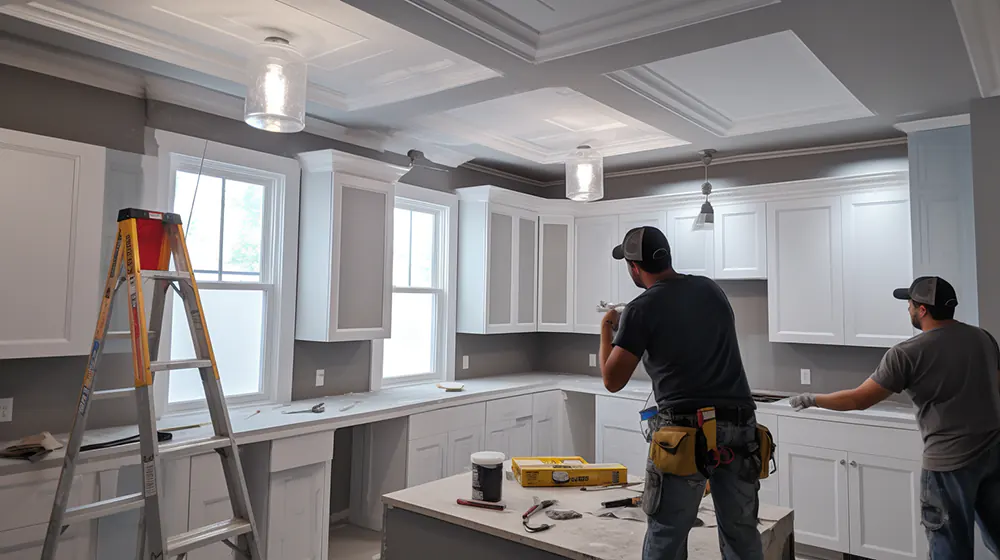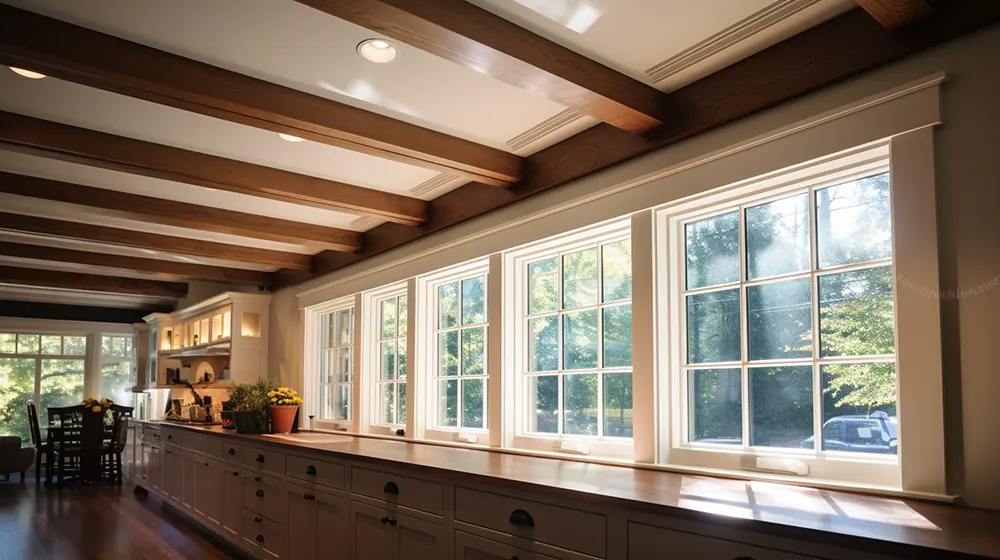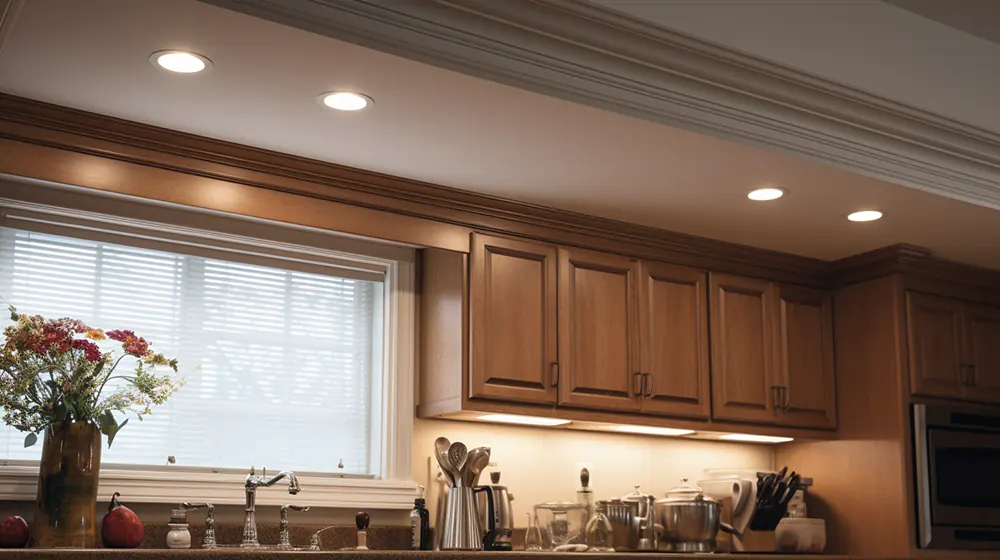Why Does My Bathroom Smell Like Sewage? Common Causes and Solutions
Where is the Sewage Smell Coming From?
Walking into a bathroom and being hit with a strong, nasty smell can ruin your day. But if that smell smells like rotten eggs or raw sewage, it’s more than just gross – it’s a warning.
A sewer gas smell in your bathroom can mean hidden problems in your plumbing system that can affect your health, comfort and even your home’s safety. Sewer gases are a byproduct of the sewer system. They’re hydrogen sulfide, methane and ammonia – all of which can be harmful if not contained. Your plumbing fixtures, toilets, sinks and tubs are designed to block these gases with P-traps (those u-shaped pipes) and sealed connections.
Another important part is the vent pipe which allows sewer gases to safely vent through the roof.
When one of these systems fails – whether it’s a dry trap, sewer line issues or poor ventilation – gases can escape and you’ll get a strong sewer smell in the bathroom. That rotten egg smell is more than just a nuisance – it can mean harmful gases in your home and even a leak in your main sewer line.
So why does my bathroom smell like sewage? Let’s break down the most common causes of sewage odors, what you can try yourself and when to call a plumber.
Plumbing Issues Behind the Sewage Smell in the Bathroom
Dry P-Trap Allows Sewer Gases to Enter
One of the simplest reasons for that sewer gas smell is a dry P-trap. That u-shaped pipe under your bathroom sink, tub or shower holds water that acts as a barrier and prevents sewer gases from entering your home.
If the fixture hasn’t been used in a while – like a guest bathroom – the water can evaporate.Once dry, the trap no longer prevents bad odorsfrom rising back into your home and it’s hard to keep your bathroom smelling fresh. This is a common reason for that sudden bathroom smell like sewage you can’t quite figure out.
Solution: Run water in all bathroom drains, especially the less used fixtures, at least once a week to maintain the water seal. For bathrooms that are rarely used, consider installing a trap primer to automatically replenish the water supply and keep those odors away.
Broken Toilet Seal Causes Sewer Gas Leak
The wax ring that connects your bathroom toilet to the drainpipe is crucial in blocking out sewer gases. If that toilet seal is worn, damaged or misaligned, gases from the sewer system can enter your bathroom. This often results in strong toilet smells especially around the base of the fixture.
You may also notice water seeping from under the toilet bowl or a slight wobble when you sit down – signs of a compromised or broken seal.
Solution: If you think it’s a wax ring issue, shut off the water supply to the toilet tank and remove the toilet to replace the wax ring. This is a quick job for a plumber and will eliminate the odor if a faulty seal is the cause.
Clogged Drains and Shower Drain Clogs
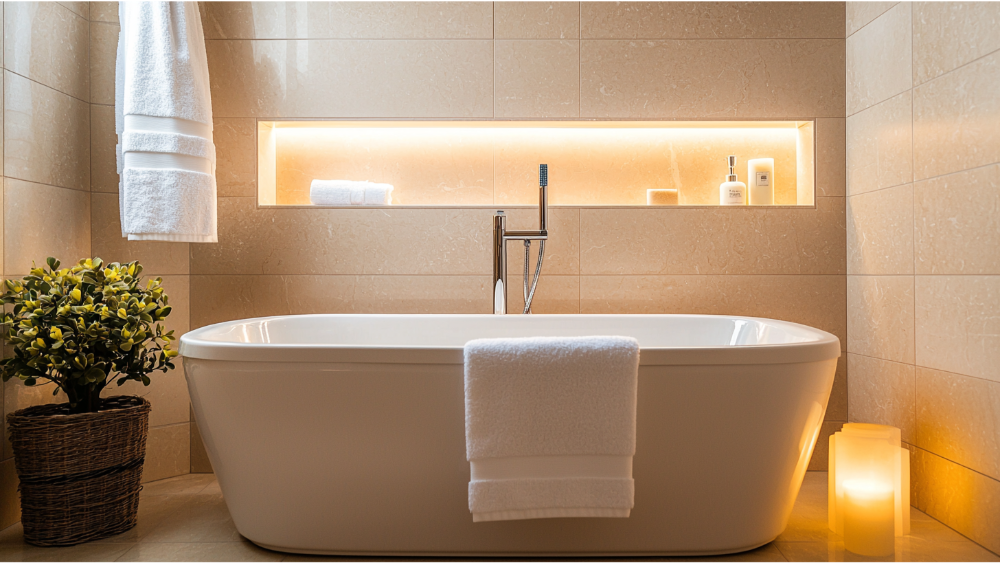
Clogged drains in the drain system are another common source of sewage smell. Hair, soap scum and toothpaste can form blockages in the bathroom sink or tub, creating a bacteria breeding ground. A clogged shower drain can trap stagnant water and organic matter that will release an unpleasant smell over time.
You may also hear gurgling or bubbling sounds when water goes down – a sign of air trapped behind a clog or worse, a problem in the main sewer line. If your bathroom smell is strongest when water drains slowly, this may be the culprit.
Solution: Try flushing the drain with hot water, baking soda and vinegar. A plumbing snake or manual auger can help break up stubborn blockages. Avoid harsh drain cleaners which can damage your pipes or worsen the clog. For deep or recurring clogs, call a plumber.
Sewer Pipe or Septic Tank Issues
If your bathroom still smells like sewage after clear drains and functioning fixtures, the problem may be deeper in your sewer pipe or septic tank. Sewer pipe cracks, tree root invasions or a full septic tank can force sewage gases back into your home.
These issues can cause multiple drains to act up at once – slow draining, bubbling toilets or that strong, lingering sewage smell in the bathroom. You may also notice the toilet paper isn’t flushing correctly or waste is backing up into lower level fixtures.
Solution: If you’re on a septic system, pump the tank every 3-5 years. For homes on municipal sewage, a camera inspection of your main sewer line can reveal any hidden damage or blockages. The sooner sewer line issues are addressed the easier (and less expensive) they are to fix.
Poor Ventilation Traps Odors in the Bathroom
Inadequate Ventilation Allows Sewer Gases to Build Up
A well-designed bathroom has an exhaust fan or vent pipe that keeps the air moving and removes foul odors and moisture. But if your bathroom lacks proper ventilation – or has a fan that’s broken or undersized – sewer gases and humidity can build up over time and make it hard to keep your bathroom smelling fresh.
Moist air and sewage gases trapped in an unventilated space can also cause mildew and condensation issues and make the smell in bathroom areas worse.
Solution: Install or repair your bathroom fan and make sure it’s venting air outside – not just into the attic. For bathrooms without windows, upgrade to a system with a humidity sensor so the air circulates reliably. At America’s Advantage Remodeling we include proper ventilation in every remodel we do.
Proper Ventilation Prevents Unpleasant Smells
Good air flow is one of the most overlooked elements of a fresh, smelling bathroom. It helps remove humidity, odors and even microscopic sewage gases that may be lingering after a flush or shower.
Solution: If you’re remodeling or designing a new bathroom, prioritize air flow along with your fixture choices. A good vent pipe setup combined with modern fans and sealed plumbing will protect your space from odor buildup and moisture damage.
When the Odor Isn’t Caused by Plumbing
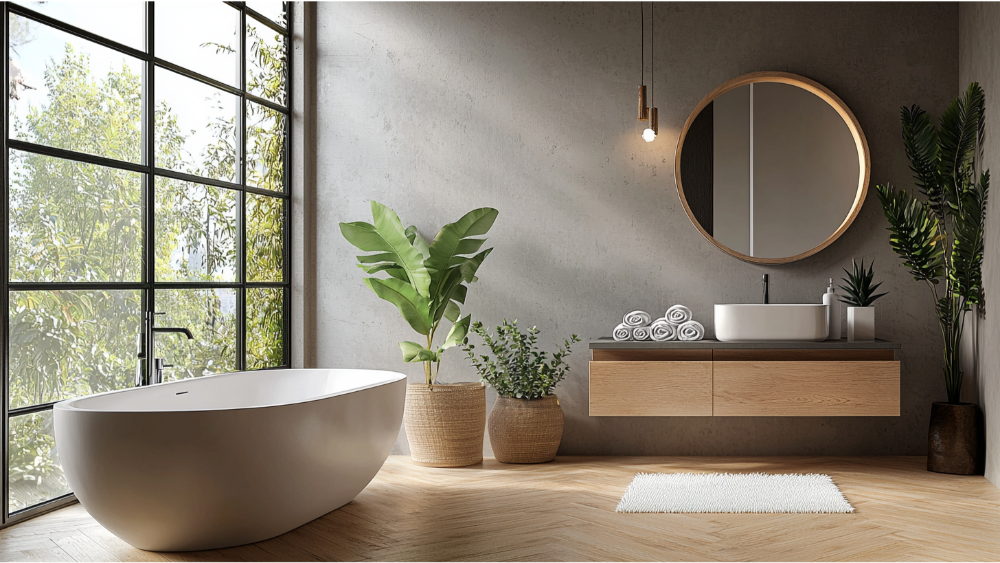
Mold, Mildew or a Dead Animal?
Sometimes what smells like sewage isn’t plumbing related at all. A musty odor could be mold or mildew growing behind tile or drywall. A sudden, pungent rotten egg smell may be a dead rodent in your wall, crawl space or even ductwork.
These non-plumbing issues can still cause a bathroom smell like sewage so it’s important to look beyond the pipes if the problem persists.
Solution: For mold, clean affected surfaces with disinfectant and improve air flow. For suspected dead animals, call pest control or a crawl space cleaning service to locate and remove the source.
What to Try Before Calling a Professional
DIY Fixes for Sewage Smell in Bathroom
- Run water in all traps to restore water seals
- Flush drains with baking soda and vinegar
- Use a plumbing snake to clear minor clogs
- Avoid drain cleaners that can damage your drain system
- Check for toilet seal issues and replace if the toilet is loose or leaking
- Sanitize the toilet bowl, tank and toilet brush holder regularly
- Don’t flush large wads of toilet paper which can cause clogs and backups
When to Call a Professional
If your bathroom still smells like sewage after trying all the DIY solutions it’s clear the issue goes deeper than surface level clogs or dry traps. Persistent sewer odors are often a sign of a hidden problem in your plumbing system and the longer they’re left untreated the greater the risk to your home’s safety and air quality.
A recurring bathroom smell like sewage could mean a cracked or deteriorating main sewer line which allows sewage gases to enter your home’s structure. These gases which may include hydrogen sulfide and methane are not only unpleasant they can be hazardous to your health if left unchecked.
Another possibility is a clogged vent pipe. Your vent pipe is crucial in maintaining air pressure in your drain system. When it becomes clogged – often by leaves, debris or even animal nests – it can disrupt water flow in your plumbing and cause toilet smells, slow draining or gurgling sounds. This blockage can also prevent gases from venting properly and force them back into your home instead.
A faulty or compromised toilet seal is also a common but often overlooked culprit. Over time even a small leak in the wax ring beneath the toilet bowl can cause big odor issues and water damage to your bathroom floor. And while replacing a wax ring may seem simple, improper installation can make the problem worse.
If you’ve flushed your shower drain, cleaned traps and checked for visible leaks but still have a lingering bad smell it’s time to call in a pro. A professional plumber can do a full inspection including camera scoping of the main sewer line, smoke testing for hidden leaks and pressure testing your sewer system for ventilation issues.
Calling a pro early can save you from costly repairs down the line. What may start as a bathroom smell can escalate into major plumbing repairs, mold growth or even structural issues if left unresolved.
How America’s Advantage Remodeling Helps Sacramento Homeowners

Drainage System Repairs & Plumbing Fixture Upgrades
We fix clogged drains, P-traps, and everything in between to eliminate bathroom smell problems at the source. Our licensed pros also upgrade outdated plumbing fixtures to modern, efficient systems that improve air quality and odor control.
Bathroom Remodels That Eliminate Odors for Good
If your bathroom’s layout, materials or ventilation just isn’t cutting it we offer full remodels that solve the problem for good. From fixing airflow to replacing leaky fixtures we’ll design a space that’s clean, modern and comfortable – with a bathroom smelling fresh long after we’re done.
Local, Honest Service You Can Count On
As a family owned business here in Sacramento we believe in treating our customers like neighbors. That means upfront pricing, high quality work and no high pressure sales – just solutions you can trust.
Explore Our Bathroom Remodeling Services →
Conclusion: Why Does My Bathroom Smell Like Sewage
Still wondering why does my bathroom smell like sewage? Your home is telling you there’s a leak, a clog or a ventilation problem. Don’t ignore it.
From bathroom smell to deeper plumbing issues America’s Advantage Remodeling helps homeowners eliminate the source and get a clean smelling bathroom again.
Schedule your bathroom inspection today – and say goodbye to that sewage smell for good.
